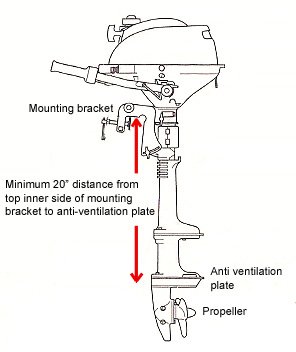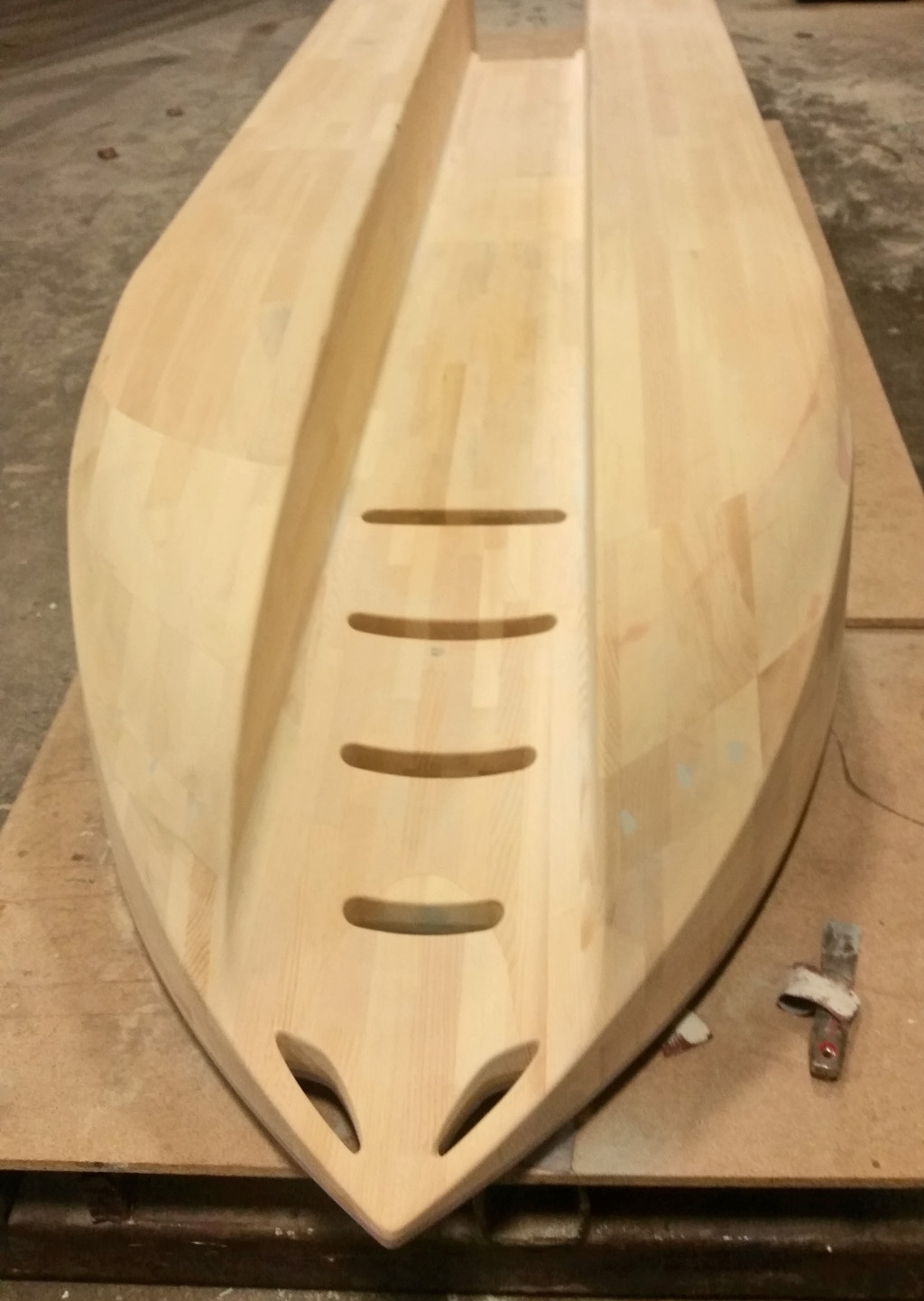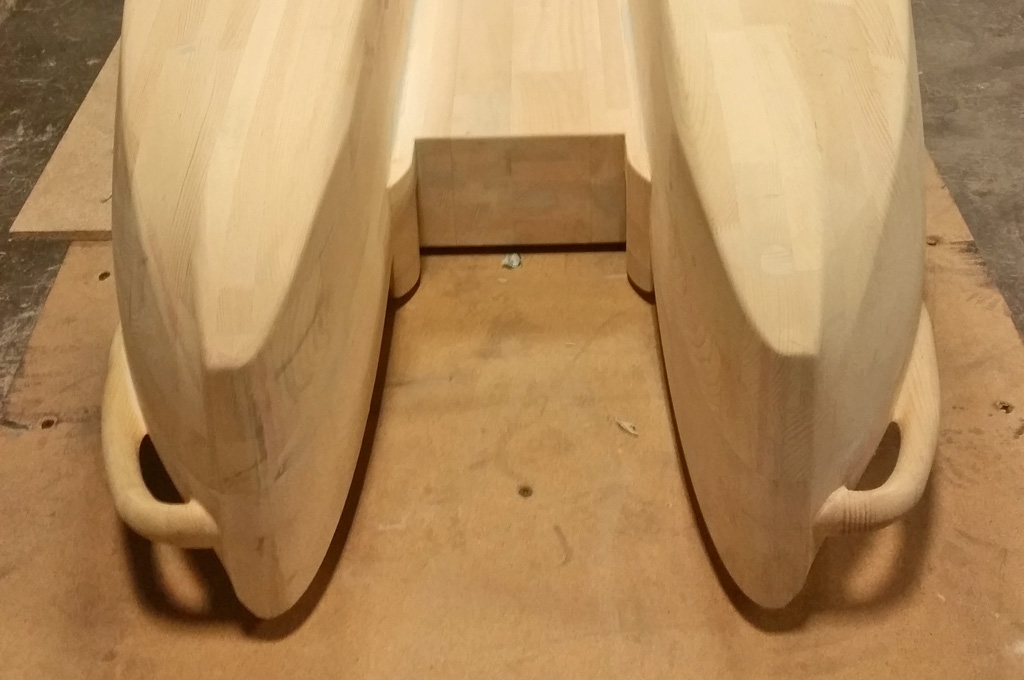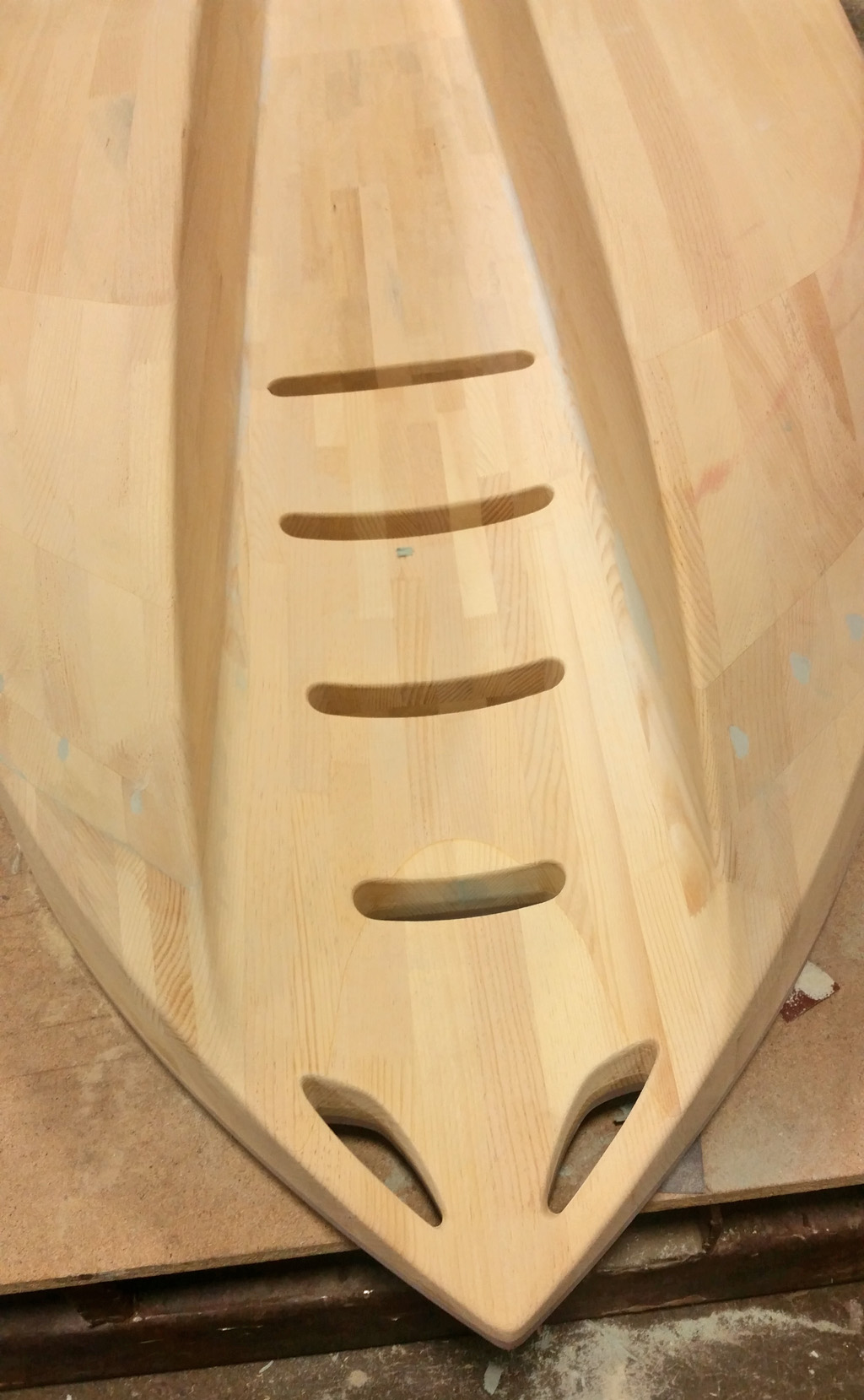By Joe Stauder
We want to thank all of our friends and fellow kayakers that stopped by our booth at The Early Bird Sports Expo in Bloomsburg, PA.
Joe and the HBBCO team

Read more about Joe’s fishing trips and rigging tips »
We want to thank all of our friends and fellow kayakers that stopped by our booth at The Early Bird Sports Expo in Bloomsburg, PA.
Joe and the HBBCO team

Read more about Joe’s fishing trips and rigging tips »
This article summarizes the research that Captain Larry Jarboe, of Florida Fishing Kayaks and Boats in Key Largo, Florida did on this subject, and we are very grateful to him for this exceptional contribution.
Larry’s main goal in conducting this series of experiments that lasted for several weeks was to find the “sweet spot” for 15″ (S) outboards, namely a setup that would enable him to successfully outfit W500 and W700 boats with such motors, which are typically cheaper and easier to come by than 20″ (L) motors.
His secondary goal in running these extensive tests was to check the performance of Wavewalk’s TMM 700 HD motor mount, and see if we could improve it.
Larry is a passionate fisherman, mechanic, and seaman. He works as a commercial fisherman and fishing guide, and he is Wavewalk’s distributor in Southern Florida.
For the past fifty years, Larry has been involved in using, building, refurbishing and testing motors in various land and water vehicles, including electric racing cars, regular cars and trucks, a wide range of small watercraft, and big diesel engines in stern-drive commercial fishing boats, such as he still operates in Key Largo.
In his tests Larry used five portable outboard gas motors that he had refurbished and tuned himself. Some of the motors had 15″ short shafts, and the others had 20″ long ones, and their horsepower rating ranged from 2 HP to 5 HP. He also tested a couple of electric trolling motors.
Larry conducted his experiments systematically – Being a handyman as well as a mechanic, he built a series of transom motors mounts that enabled him to mount outboard motors of both sizes in various places at the boats’ stern.
In his tests, he changed the height of the mounting plate, and/or its distance from the cockpit’s rear end.
There is no “sweet spot” for mounting a 15″ short (S) shaft motor on a Wavewalk, and any configuration involving the use of such size motor would inevitably result in sub-optimal performance compared to the use of a 20″ long (L) shaft outboard motor of the same power.
The main problems that Larry found with 15″ short (S) shaft outboard were the following:
Outboard manufacturers recommend mounting outboard motors with their anti ventilation plate (sometimes called “anti-cavitation” plate) immersed a couple of inches below the boat’s lowest point, which by definition is always immersed. This inevitably means that the anti ventilation plate is several inches below the surface. If the propeller rotates with its blades too close to the surface, it sucks air from the surface, and instead of rotating in water it rotates in a mixture of water and air bubbles. As a result, the propeller loses efficiency and power.
Splashing – In order to avoid ventilation, it is possible to mount 15″ short (S) shaft outboards at a lower level, with its propeller immersed more deeply. This can be done when a specially designed motor mount is placed several inches behind the cockpit’s rear end. However, at such position, the lower part of the motor mount’s vertical mounting plate is too low and too close to the surface of the water, and it will come in contact with the water. In such cases, the result is spray splashing over the motor’s head and into the cockpit’s rear end. No such problems occur with 20″ long (L) shaft outboard motors when mounted correctly on a standard Wavewalk motor mount.
Discomfort – When the 15″ short (S) outboard is mounted several inches behind the cockpit’s rear end, it is harder for the user to reach the motor and its controls (e.g. choke knob, starter grip), and it is harder for them to steer. This is not the case with 20″ long (L) motors that are mounted at the rear of the cockpit.
There is no “sweet spot” setup that allows for mounting a 15″ short (S) shaft outboard on a Wavewalk (500 or 700) without it incurring serious drop in performance. The way to motorize a Wavewalk is to follow the recommendations of outboard manufacturers about mounting their motors, as well as Wavewalk’s recommendations that fully coincide with them, namely to use only 20″ long (L) outboard motors with Wavewalk’s kayaks and boats.
When Larry checked 15″ short shaft, weak electric motors, he found that the ventilation problem at higher speed didn’t occur, because such motors lack the power to propel a kayak at speeds that are high enough to make it reach a semi-planing mode, or have the propeller suck in air from the surface. Knowing about such a sub-optimal performance envelope, the user already expects sub-optimal performance. This said, this rule is not ironclad, and ventilation may still occur in case the boat makes a sharp turn.even when it is propelled by such weak 15″ short electric motors, and while going at low speeds.
This is to say that Wavewalk recommends not to use short shaft motors even in the case of weak electric trolling motors.
More reading: How to measure an outboard motor’s propeller shaft length? »
Do you have any questions for us?
Some of our clients who already own an old outboard motor, and others who contemplate buying a used one, ask us how to measure the length of an outboard motor’s propeller shaft, in order to know for sure that the motor indeed complies with the 20″ long (L) standard that Wavewalk requires.
This is an important question, because Wavewalk kayaks and boats work well only with outboard motors that comply with the 20″ long (L) standard set by outboard motor manufacturers, and our company strongly recommends not to use short shaft (S) standard motors.
The full answer is –
For this matter, the propeller shaft length is measured from the inner top side of the motor’s mounting bracket to the horizontal anti-ventilation plate that’s above the propeller.

Note that sometimes the anti-ventilation plate is called anti cavitation plate, although this is an incorrect term.
In many cases, this distance between the inner side of the motor’s mounting bracket and its anti ventilation plate can be slightly bigger than 20 inches, and if this is the case, it’s a good thing.
If the distance you measured is under 20″, it inevitably means that the motor does not comply with the 20″ (L) standard.
In fact, most outboard propeller shafts are slightly longer than their stated standard. For example, the length of a 2.3 HP Honda L shaft is 22.5″, and the length of this motor’s short (S) version is 16.5″. Similarly, the length of a short-shaft (S) 4 HP, 5HP and 6 HP Tohatsu is 17.1″.
But don’t fool yourself – 16″, 17″ and 18″ is not 20″, and it’s still a short-shaft (S) outboard, and therefor, it won’t serve your purpose.
The reason the outboard’s propeller shaft’s length is so important is that it determines both the propeller’s immersion below the surface, which is critical to its proper functioning, and the distance between the propeller’s highest point and the boat’s lowest point, which is critical for trouble-free and effective operation of the boat.
Do you have any questions for us?
Our mold makers finished developing the underside of the wooden pattern (male mold) for the S4, and they sent us some pictures:



Duck hunting is coming to a close and I only have 2 or 3 trips left. We are hoping for a great hunt this Friday and one more hunting video! But one of the questions I often get is “How much storage space is there in a Wavewalk?” People see the saddle and think that there would not be enough room for your decoys and all the gear that usually accompanies the sport of duck hunting. So I thought I would make this video to show people how we pack our W700 for a duck hunt. On our typical hunts we put all the gear and deeks and one hunter in a W700 and other hunters paddle their own W500s. We usually run 3 dozen decoys. Rather than keep the decoys in their bag and just throw them on top (which is very doable), we prefer to put them inside the hulls where they act as ballast and actually make the boat more stable vs. on top where they exert a stability cost. You have to take them out of the bag when you get to your spot anyway. 3 dozen deeks is all we need/want for where we hunt. A person could get more in if they needed to. Can’t wait to see how the S4 hunts.